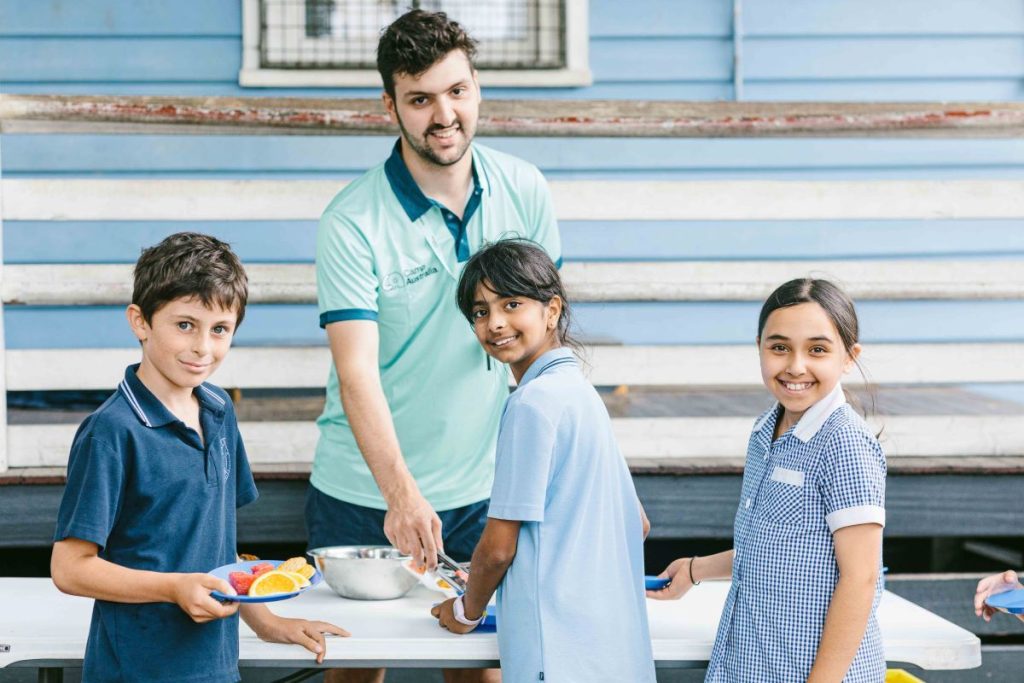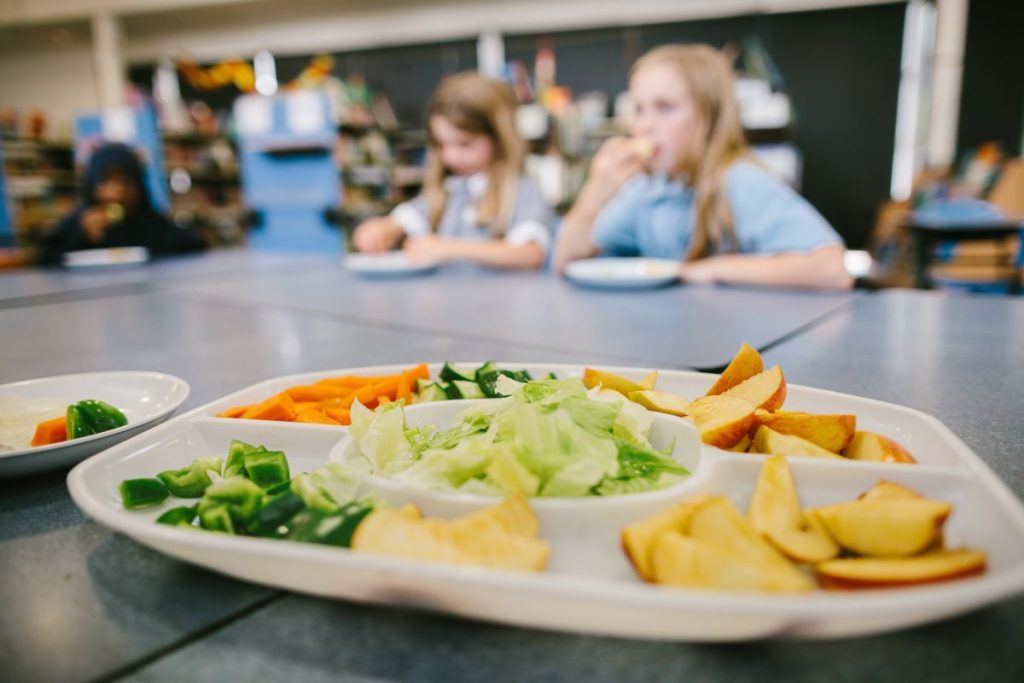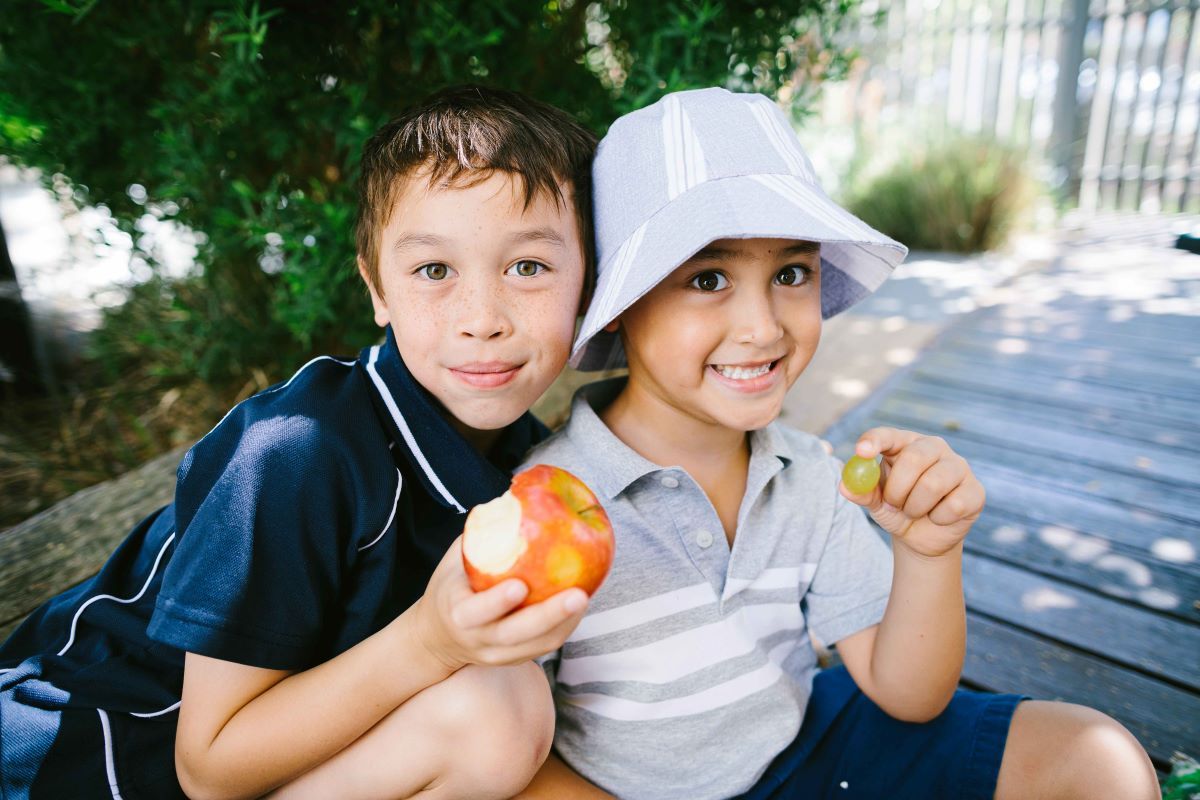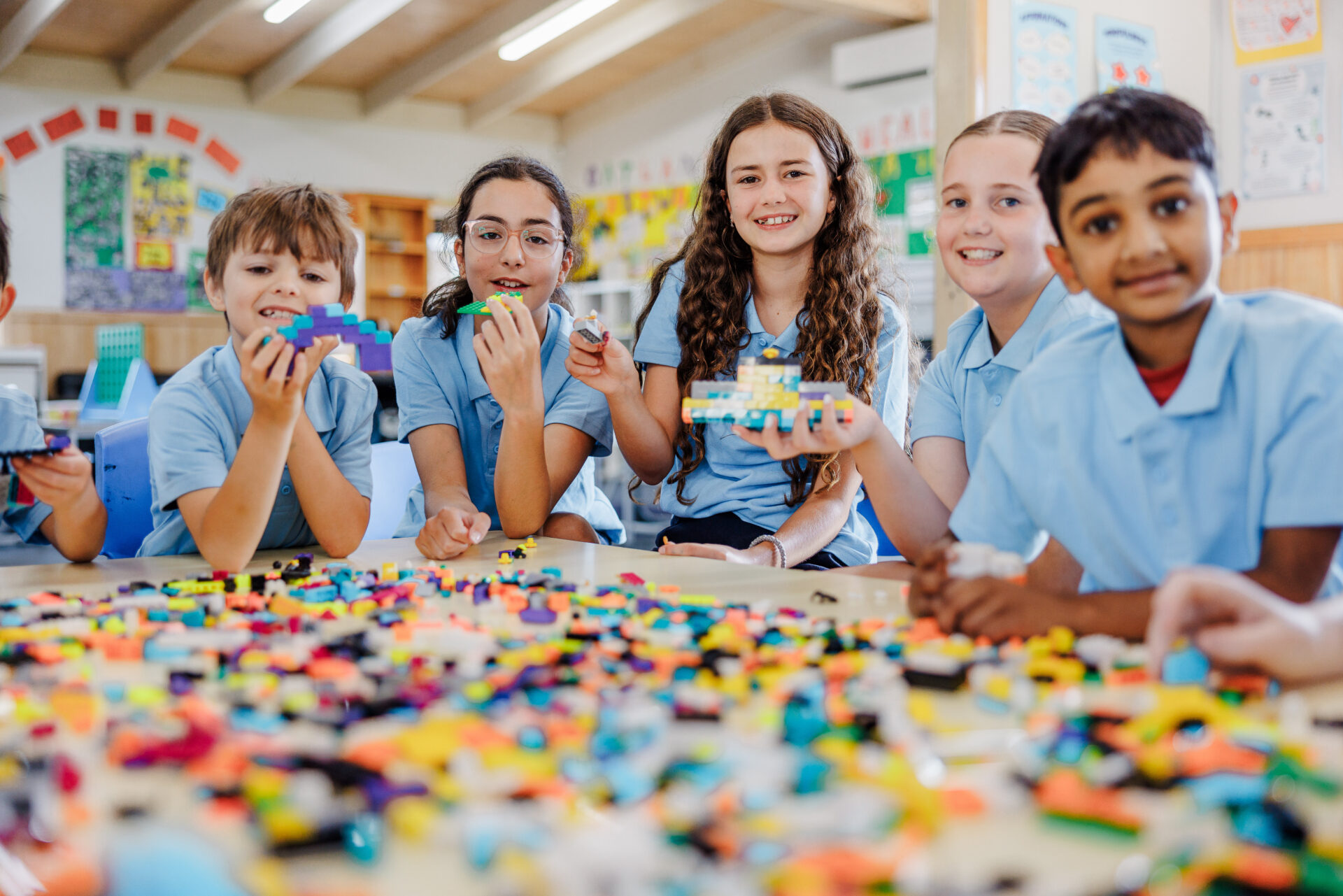On the first day of Prep, as a parent, you have mixed emotions.
On one hand, you’re excited for your son or daughter, who put their uniform on in a flash, ready to head off to school. On the other hand, you’re feeling a little anxious.
Your child has lived with a food allergy or anaphylaxis for most of their life but dropping him or her off into the Prep classroom for the very first time seems a little daunting.
Here are our top 5 tips to managing your child’s food allergies or anaphylaxis at primary school so that your family’s introduction to school life is as seamless as possible:
1. Education is Key for Managing Food Allergies and Anaphylaxis at School

It is important to continue to talk to your child about their medical needs. The more your child understands the symptoms of an allergic or anaphylactic reaction, the better prepared they will be to alert teachers, should the need arise. Ask your school to set up a meeting with your child’s teacher/s to discuss specific requirements and provide medication.
The Camp Australia team of educators at your school are also trained in managing food allergies and anaphylaxis. We are there to reassure you and your child that before and after school care and Rocketeers are safe places too. Contact us to find out more or come and see us at your school.
2. Complete all of the Necessary Forms Relating to Food Allergies or Anaphylaxis
Similar to kinder and childcare, your new school will require certain forms to be completed, for example, an Action Plan and Individual Management Plan. There are some handy resources available that will answer some of your questions with regards to policies and other useful information, in preparation for starting primary school. Be sure to check with your school too, as they may have specific school-related forms to complete or policies to read through.
As part of Camp Australia’s management of allergies and anaphylaxis in-service, specific forms will need to be completed. You will be guided during the registration process, and we recommend registering your child early so that the necessary documentation can be organised prior to attending.
3. Encourage your Child to Talk to their Friends about their Food Allergies

It can be difficult to understand if you don’t have allergies or anaphylaxis in your family or know children who live with this medical condition.
Nowadays, there are a growing number of people living with allergies or anaphylaxis. You’ll be pleased to know that children are accepting of others with allergies and anaphylaxis and are in fact eager to learn about it.
Encourage your child to talk to their class and friends about what they are allergic or anaphylactic to, in order to create awareness and promote a safe place for them. The more your child talks about their food allergies, the more others will understand and the more comfortable your child (and you!) will be.
4. Get to Know other Children with Allergies and Anaphylaxis
Take the opportunity to get to know other children with food allergies and anaphylaxis and organise social gatherings where you can all bring food that EVERYONE can safely eat. Your child will love it!
Don’t forget that other parents are apprehensive too, so invite those who don’t have allergies and anaphylaxis as well so their questions can be answered.
Knowing who has allergies and anaphylaxis will benefit everyone when it comes to birthday parties so that alternative foods can be arranged.
5. Provide Special Treats or Other Non-edible Alternatives
Celebrating birthdays and other special occasions may be fun for most children but it can bring a tremendous amount of fear to children with food allergies and anaphylaxis.
Your school will have guidelines as to what each classroom can bring for such occasions – there may be other children with varying allergies, so it’s best to check before sending along a treat box for your child to select from when they can’t eat what others are having. Be sure to label your child’s treat box with their name and specific allergies. If your school policy states that food is not permitted to be brought from home, it’s a good idea to discuss non-edible alternatives with your teacher.
Any child with food allergies or anaphylaxis will tell you that they don’t like missing out; nor do they like being “different” to their peers. A treat box (edible or non-edible) is a good way to make your child feel included…it’s also good for parents to know that their child isn’t left out of special events.
Managing food allergies and anaphylaxis can be challenging but following the tips above will help with easing your mind and giving your child confidence as they head into their primary school years. Primary school is an inclusive environment and is a place where all children can feel safe and actively participate in their learning journey.
At Camp Australia, we care for many children with food allergies and anaphylaxis. Child safety is our number one priority, and we take this very seriously. Call our friendly team on 1300 105 343 to discuss your child’s requirements at before and after school care or Rocketeers.





